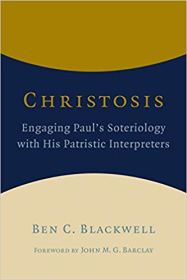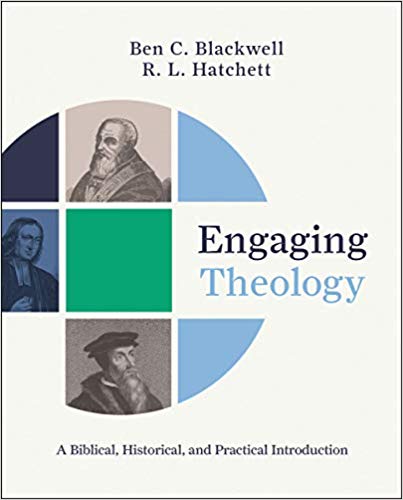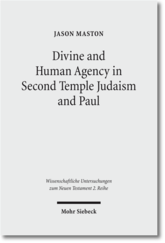Continuing my series on Theophilus of Antioch and his work To Autolycus (Ad Autolycum), I am addressing theosis or deification in his work. (Previous posts address Christianity in antiquity, the parting of the ways, and Trinity without Christology.) If you are lost by my terminology of theosis, see my primer on theosis and theosis for dummies.
In his defense of Christianity, Theophilus begins his work by establishing the identity of God (1.1-7). He is immortal, invisible, uncreated, and immutable. He is the maker of the universe, which was created ex nihilo. Even though we cannot see him because he is beyond the created order, we can know him through creation if we have a pure heart for these pure at heart can know God. Thus he concludes: “If you know these things, O man, and live in purity, holiness, and righteousness, you can see God” (1.7). He later continues: “When you put off what is mortal and put on impershability, then you will rightly see God. For God raises up your flesh immortal with your soul; after becoming immortal you will then see the Immortal, if you believe in him now” (1.7). This draws from the ancient conception that you had to become like something to know it (“like is the friend of like” as described in Plato’s works). As we become like God in holiness and moral incorruption, then we can know God. Importantly, Theophilus then turns immediately to somatic incorruption as the hope for those who believe and know God (1.8). The basic idea is that even though humanity is fundamentally distinct from God because of creation ex nihilo, humanity can truly be in relationship with God and share in God’s attributes, namely incorruptability.
Note: We see this exact interchange between knowing God and overcoming death through immortality in Athanasius’ On the Incarnation. Note there how the first 10 chapters or so are about experiencing immortality and overcoming mortality through Christ’s incarnation, death and resurrection. Then, the next 10 chapter or so are about knowing God, but without a hint of any transition. Athanasius like many ancients saw a fundamental coherence between knowing God and being like him.
Theophilus’ discussion of resurrection early in the treatise points to the importance of immortality within his basic anthropology and soteriology. We see this played out in much more detail in his discussion of creation, and this is where his discussion of deification comes into play. One of his fundamental arguments about anthropology is that humanity was not created naturally immortal, but God had the intention that humanity would be immortal (2.19, 24, 27). We might call this conditional immortality, and Irenaeus also reflects a similar perspective (AH 38-39).
It is in these contexts that Theophilus uses deification language, describing humans as “gods” (2.24, 27). For example:
For if God had made him immortal from the beginning, he would have made him God. … God therefore made him neither immortal nor mortal but, as we have said before [2.24], capable of both. If he were to turn to the life of immortality by keeping the commandment of God, he would win immortality as a reward from him and would become a god…” (2.27).
While humans chose disobedience, Theophilus makes clear that humans can attain resurrection and imperishability, which in the flow of the argument would make them implicitly gods.
Of course, this is a metaphorical ascription. Given the Creator-creature distinction that undergirds this discussion (from Book 1), I would describe this as example of “attributive deification” using the taxonomy that I developed in my book Christosis. Humans share through participation in the attributes of divinity, and so they become like God while remaining distinct in their essence or nature. Though it is a metaphor to be called “gods,” it entails an ontological transformation, not in terms of the change their nature to a new nature (or species), but their mode of being changes. Here the primary emphasis is on participation in divine immortality, but as we saw above their is a distinct interconnection between these different forms of incorruption–noetic, moral, and somatic.
Theophilus gives us an early witness on deification and theosis and he grounds this doctrine of theosis in the Bible. This basis framework is not too unique, given that Irenaeus, follows a similar pattern. However, part of the contextualization is different, and so I’ll continue with a separate post on that.
 Got word that the Paul within Antiquity group at the upcoming Catholic Biblical Association will be discussing my book Christosis. I have learned to have much more tempered expectations about any doctoral thesis/dissertation having wider attention and longevity, so I can’t complain that it is getting wider attention. I am biased but I do think it’s the best book on Paul and theosis out there.
Got word that the Paul within Antiquity group at the upcoming Catholic Biblical Association will be discussing my book Christosis. I have learned to have much more tempered expectations about any doctoral thesis/dissertation having wider attention and longevity, so I can’t complain that it is getting wider attention. I am biased but I do think it’s the best book on Paul and theosis out there.










You must be logged in to post a comment.